Climate change challenges every species on Earth, pushing us to adapt or face dire consequences. While humans wrestle with the nuances of policy, technology, and lifestyle changes, many animals have already started to forge their paths through this rapidly shifting landscape. From shifting behaviors to remarkable physiological changes, these creatures are showing us that adaptation may be more instinctual than we think. Here are 13 animals that are navigating the climate crisis with a grace we might just envy.
1. Polar Bears
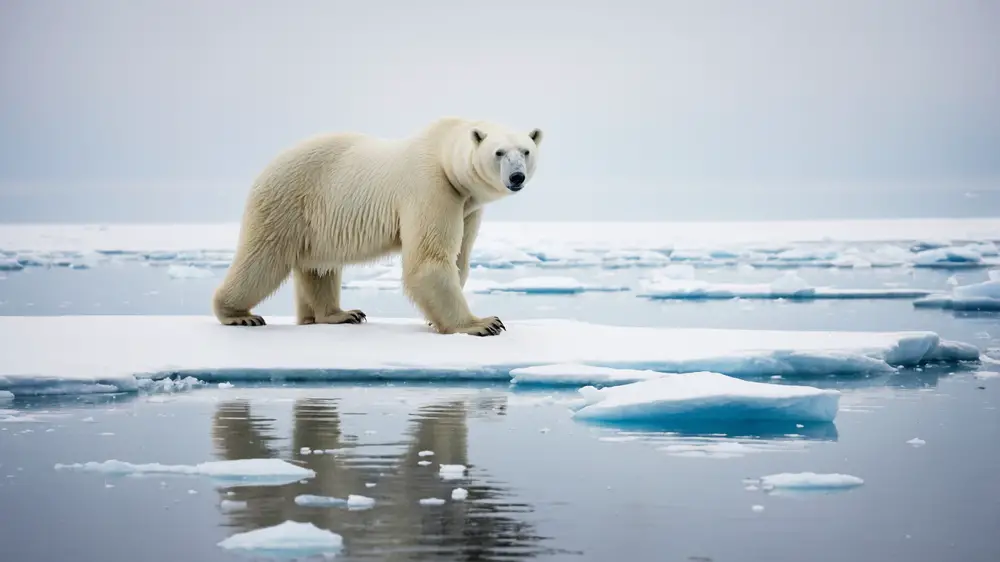
Polar bears are these magnificent, snow-dwelling giants that have long been seen as the poster child for climate change. As the ice caps melt, these bears are finding new ways to maintain their hunting prowess by swimming longer distances and even modifying their diets. According to research from the University of Alberta, polar bears have been observed preying on dolphins, a behavior previously uncommon, indicating their adaptability to a changing environment. While this adaptation shows their resilience, it also highlights the precariousness of their existence as they face more frequent food scarcity.
These remarkable adaptations serve as a wake-up call to humans about the impact of our actions on the planet’s climate. The polar bear’s ability to adjust its hunting strategies underscores the necessity for us to adopt more sustainable lifestyles. However, unlike polar bears, humans have the means to halt the trajectory of climate change. It’s a poignant reminder that while some species adapt, others depend on our intervention to survive.
2. Arctic Foxes
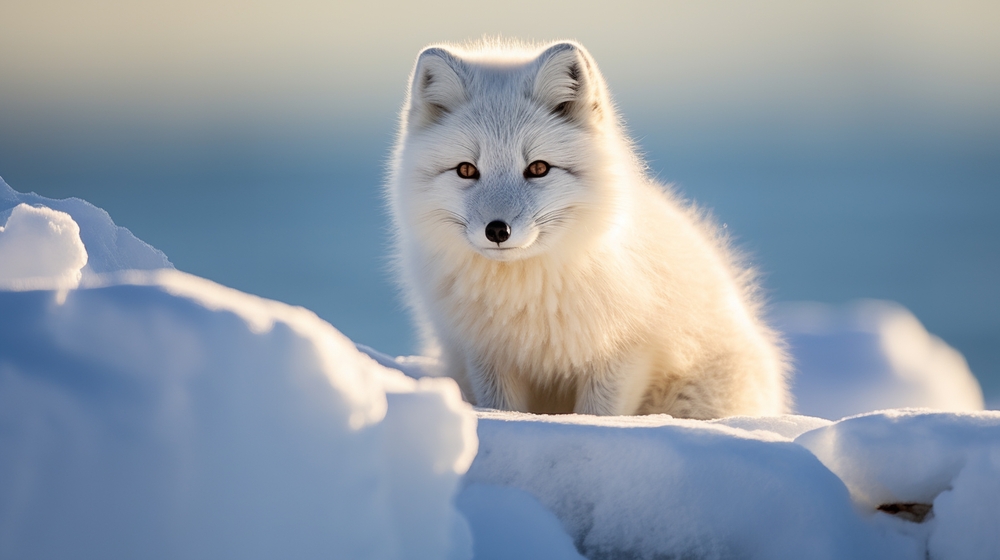
The Arctic fox, with its fluffy white coat, is another resident of the icy north demonstrating unexpected resilience. As temperatures rise, the availability of its traditional prey, like lemmings, has become inconsistent. In response, Arctic foxes have expanded their diets to include seabirds and their eggs, showcasing a dietary flexibility that allows them to thrive despite environmental shifts. This adaptability underscores nature’s capability to survive amid challenges.
For humans, the Arctic fox’s adaptability is a lesson in flexibility and resourcefulness. Where we might struggle with change, these foxes seamlessly shift their habits to survive. Our ability to adapt to climate change may require us to rethink our sources of energy, much like the Arctic fox rethinks its food sources. Learning from these small but mighty creatures might just be the key to our collective survival.
3. Adelie Penguins
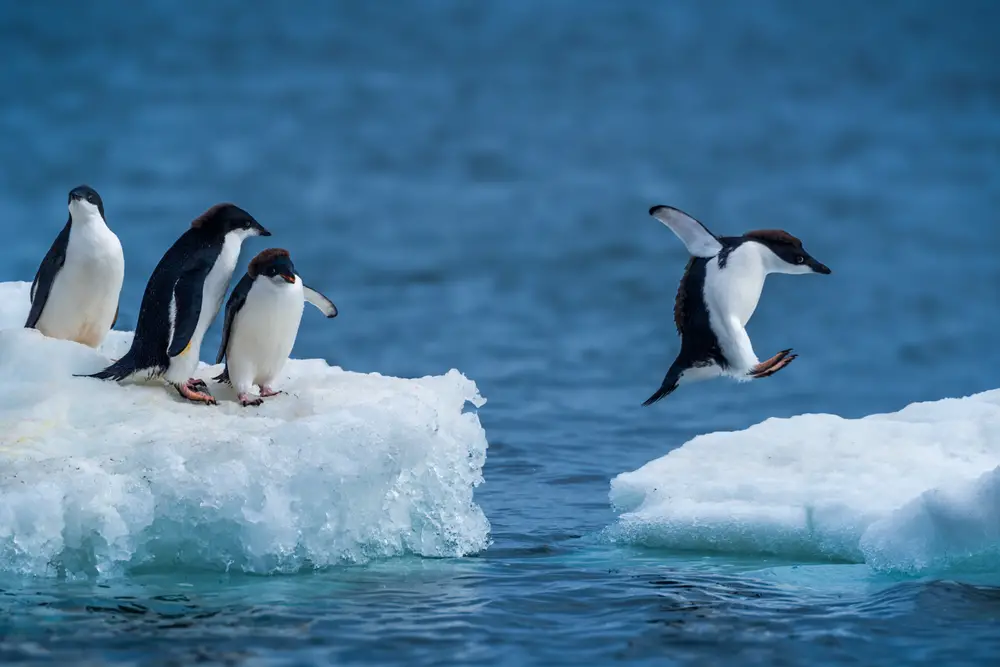
Adelie penguins are known for their charming waddle and stark black-and-white coloring, but did you know they are also remarkable climate survivors? As the Antarctic Peninsula warms, these penguins are finding new breeding grounds and altering their timing for egg-laying to better suit the new environmental conditions. A study published in the journal “Science Advances” highlights how Adelie penguins have relocated their colonies further south to cooler climates. This relocation is a testament to their resilience in the face of warming temperatures.
These penguins offer humans a blueprint for how to navigate climate adversity. While they naturally and instinctively migrate to more favorable environments, we struggle with a complex web of policies and infrastructures that make such shifts challenging. Adelie penguins show us that sometimes moving on and finding new opportunities in unexpected places is necessary for survival. They remind us that adaptation doesn’t always mean staying put and toughing it out; sometimes, it means moving on to greener— or in their case, icier— pastures.
4. American Pika

The American pika, a small, rabbit-like creature found in the mountainous regions of North America, is adapting in fascinating ways to climate change. Traditionally known for living in cold, alpine environments, pikas are now being found at higher elevations and are even adjusting their activity patterns to avoid the heat of the day. By altering their behavior, they can maintain their critical food-gathering activities despite rising temperatures.
For people, the pika exemplifies the importance of behavioral change in response to environmental stressors. Just as these creatures adjust their habits to survive, we too must reconsider our approaches to energy consumption and daily routines. This small mammal’s adaptability gives us hope that with conscious effort, humans can also learn to thrive amid environmental changes. The pika’s response to warming temperatures is a small-scale reflection of the large-scale behavioral shifts we need to embrace.
5. European Robins
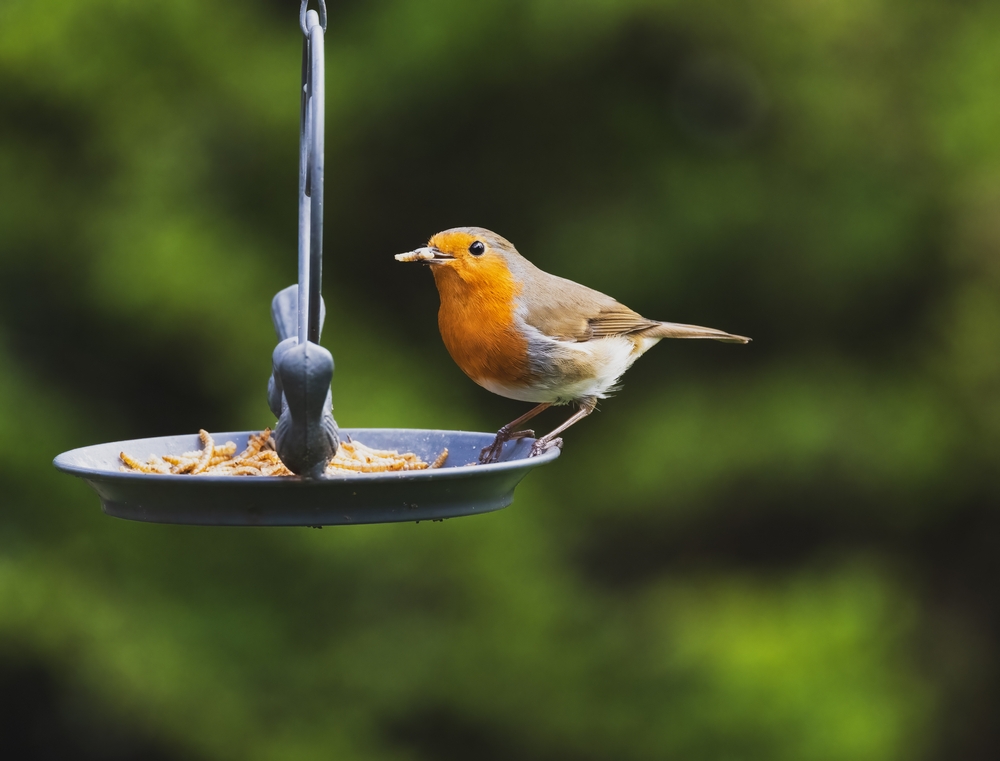
With their bright orange breasts and melodic songs, European robins are a familiar sight in gardens and parks across Europe. However, as winters become milder due to climate change, these birds are staying put rather than migrating south. According to research published in “Global Change Biology,” robins are now shortening their migration distances or forgoing migration entirely to take advantage of the longer feeding seasons. This behavioral shift is an example of how species can adapt to new climates by altering age-old patterns.
Their adaptive strategies present an intriguing parallel for human adaptation to climate change. As robins adjust their migration habits, we are reminded of the importance of flexibility in facing environmental challenges. The robin’s story encourages us to think creatively about how we might modify our traditional approaches to agriculture, housing, and energy in response to a changing climate. It’s a gentle reminder that small adjustments can have a significant impact on survival.
6. Monarch Butterflies
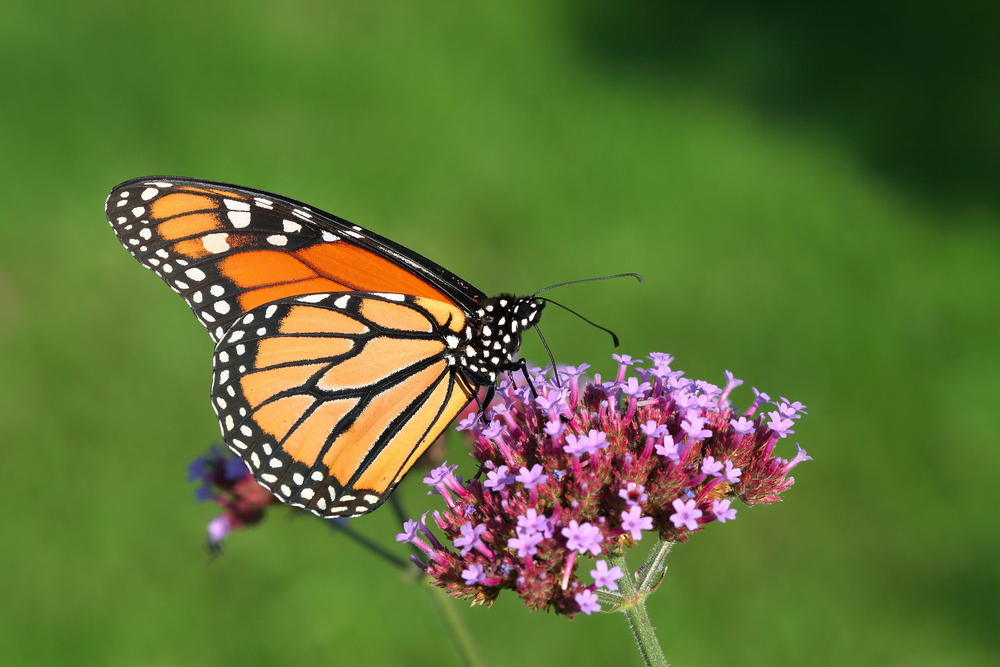
The iconic monarch butterfly, known for its striking orange and black wings and epic migrations, is adapting to climate change in intriguing ways. Facing altered weather patterns and loss of habitat, monarchs are shifting their migration timelines and breeding locations. Some populations have even shortened their migratory routes, choosing to breed and overwinter in more temperate regions.
For humans, these butterflies symbolize the wonders of natural adaptation and the potential for resilience in the face of an uncertain future. Monarchs teach us about the importance of flexibility and timing when responding to environmental changes. If these delicate creatures can find new ways to thrive, it poses the question: why can’t we? Observing their adaptations can inspire us to find innovative solutions to our climate-related challenges.
7. Atlantic Cod
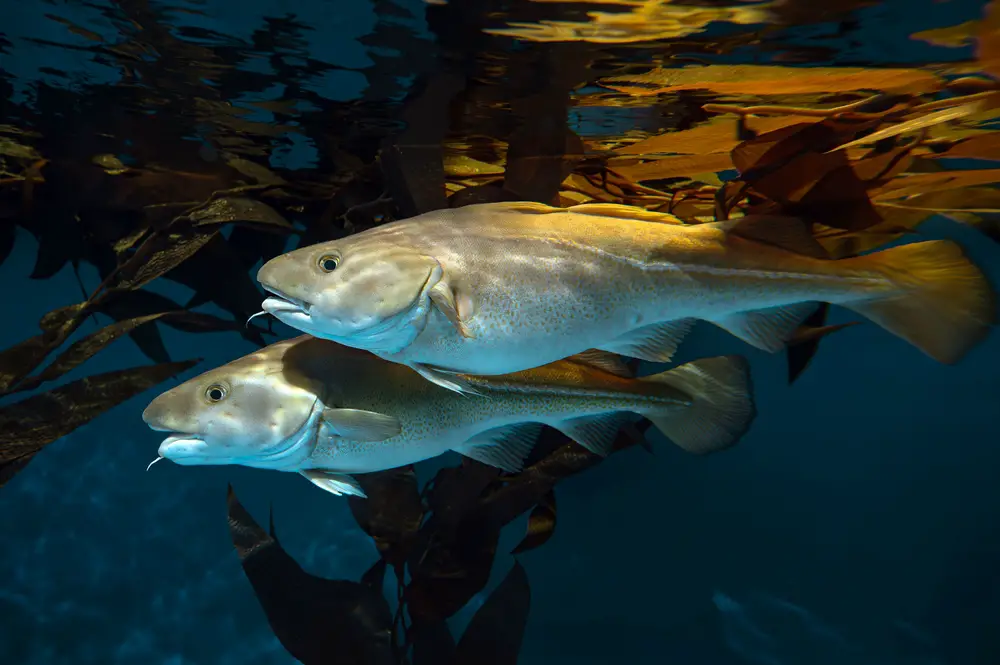
Atlantic cod, a staple in many diets around the world, are also proving to be surprisingly adaptable to climate change. As ocean temperatures rise, these fish have been shifting their habitat northward to cooler waters. A study by the International Council for the Exploration of the Sea (ICES) indicates that Atlantic cod are now being found in areas previously uninhabited by the species, showcasing their ability to seek out more favorable conditions.
For people, the Atlantic cod’s migration north serves as a reminder of the interconnectedness of ecosystems and the importance of adaptability. Just as these fish move to ensure their survival, humans might need to reconsider how and where we live and work as the climate changes. It’s a testament to the resilience of nature and a prompt for us to think about how to ensure our own futures in a warming world. If cod can navigate these shifts, there’s hope yet for us to find our way through the murky waters of climate change.
8. Gray Wolves
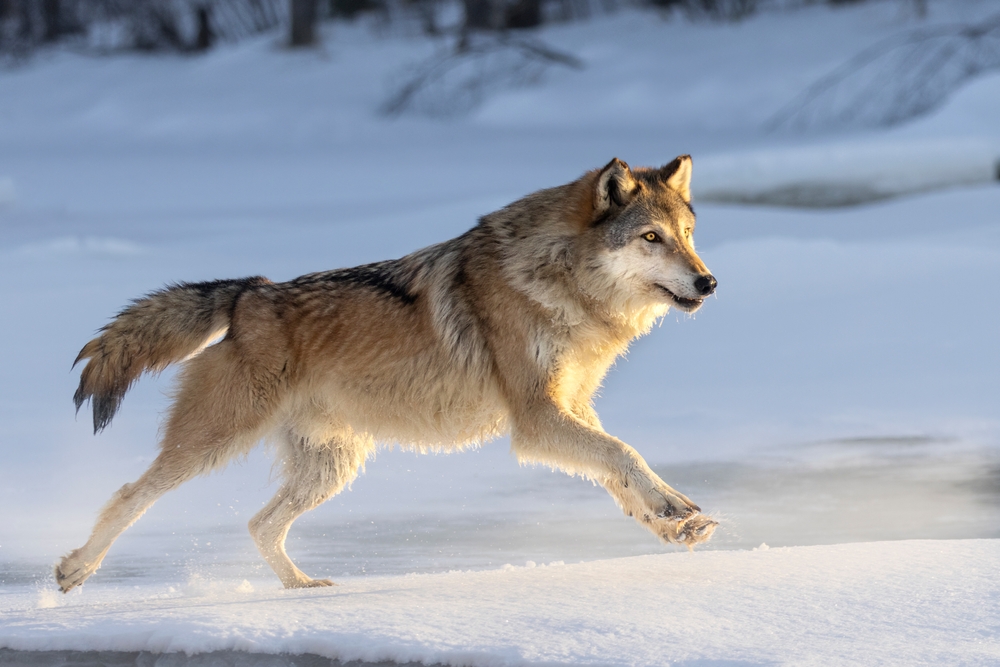
Gray wolves, with their striking features and pack mentality, are also showing remarkable adaptability in the face of climate change. As their habitats shift due to changing temperatures, wolves have expanded their territories in search of food and more stable environments. This territorial expansion highlights their ability to adjust their social structures to accommodate new challenges.
In observing gray wolves, we can learn the value of community and adaptation in the face of environmental changes. These predators demonstrate that sometimes survival depends on working together and being open to new areas or opportunities. For humans, wolves underscore the importance of community and collaboration in addressing climate challenges. Embracing a collective approach might just be key to thriving in our rapidly changing world.
9. Ringed Seals
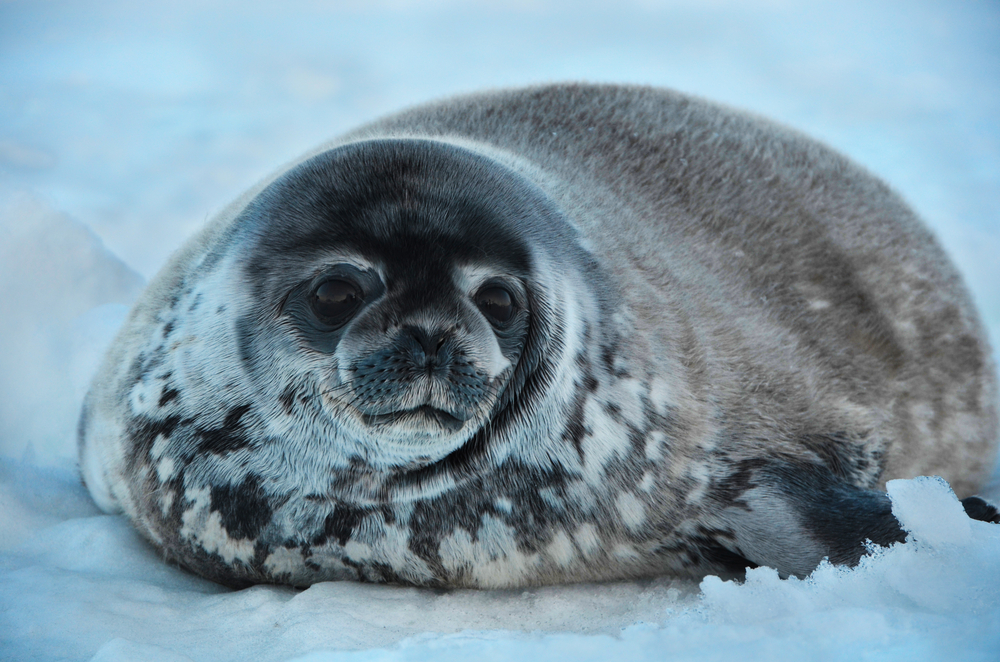
Ringed seals, reliant on sea ice for breeding and resting, have displayed unexpected resilience as their icy habitats melt. By seeking out new ice formations and even utilizing land-based habitats, these seals are managing to maintain their breeding cycles despite environmental disruptions. Their ability to adapt is a testament to the resilience offered by behavioral flexibility.
For humans, ringed seals serve as a poignant reminder of the need to look for alternative solutions in the face of loss. Just as these seals find new ways to adapt, we must explore innovative methods to counteract the impacts of climate change. By watching how ringed seals adjust to their new environments, we can learn the importance of creativity and resilience in our own survival strategies. Their adaptability is a testament to nature’s ability to endure even the toughest challenges.
10. Sockeye Salmon
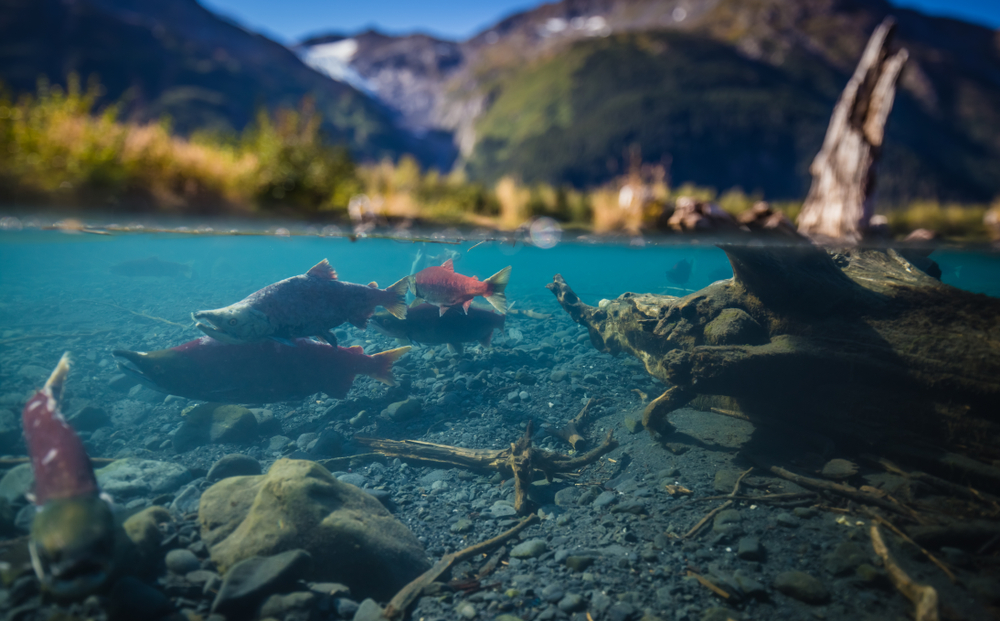
Sockeye salmon, famous for their arduous migrations, are adapting to climate change by altering their migration timings and routes. As river temperatures rise, these fish are now migrating earlier in the year to avoid the hottest months. This shift ensures their survival, as it allows them to reach their spawning grounds in optimal conditions.
For people, sockeye salmon highlight the importance of timing and adaptability in facing climate challenges. Just as these fish adjust their migrations, we too must reconsider the timing of our agricultural activities, energy consumption, and even vacations to align with changing environmental conditions. Their adaptation serves as a reminder that change, though difficult, is often necessary for survival. Watching these salmon, we are inspired to think critically about how we can proactively respond to climate changes.
11. Red Foxes
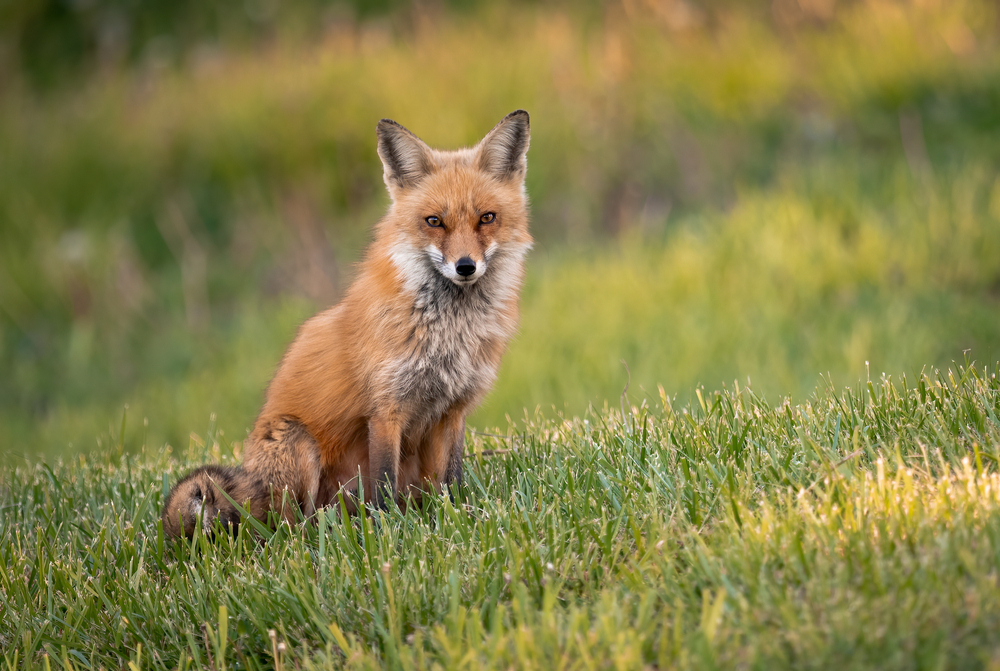
Red foxes are making waves in the animal kingdom with their impressive adaptability to climate change. As temperatures rise and habitats shift, these cunning creatures are expanding their range northward into areas once dominated by their Arctic cousins. This territorial expansion showcases their ability to thrive in a variety of environments, from urban areas to the wilderness.
For humans, the red fox’s adaptability serves as a lesson in versatility and resilience. Just as these foxes explore new territories, we must be open to relocating or rethinking how and where we live in response to climate changes. Their ability to flourish in diverse environments highlights the importance of flexibility in the face of uncertainty. Embracing this mindset can lead to innovative solutions for our own climate adaptation strategies.
12. Anole Lizards
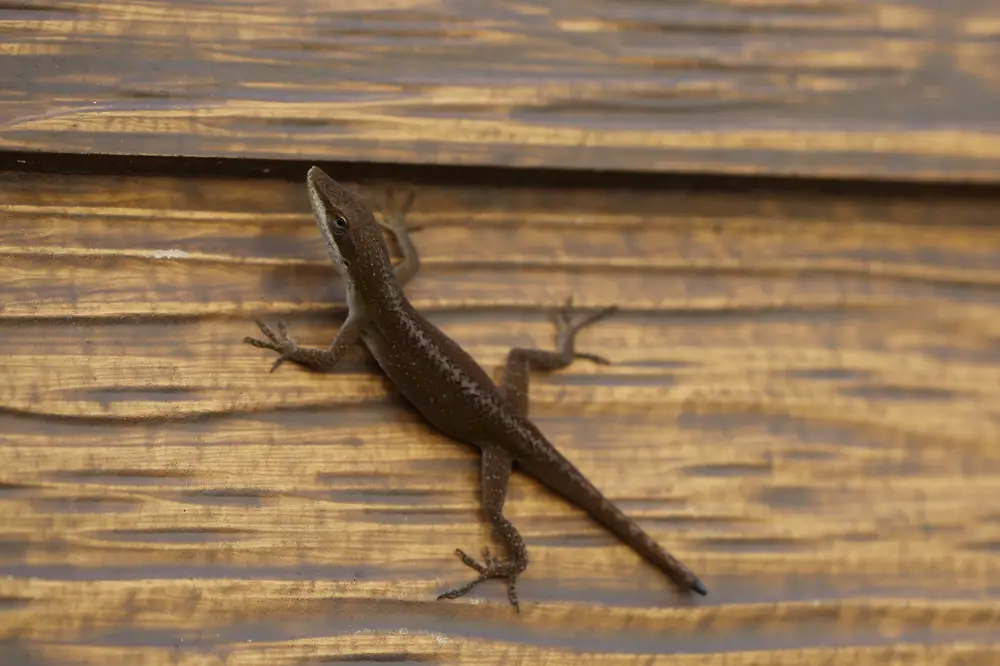
Anole lizards, native to the Caribbean, have become unlikely icons of rapid evolutionary adaptation. As climate change brings more frequent hurricanes, these lizards have developed larger, stickier toe pads to hold onto branches during strong winds. This fascinating physiological change has been documented by researchers at Harvard University, showcasing a rapid evolutionary response to environmental pressures.
For humans, the anole lizard’s adaptation underscores the power of evolution and the potential for rapid change in the face of adversity. While it’s not feasible for us to evolve physically at such a pace, it serves as a reminder of the importance of innovation and adaptation in our technologies and infrastructures. Observing these lizards can inspire us to accelerate our efforts in developing resilient systems to withstand climate-related challenges. Their story is a testament to nature’s remarkable ability to adapt and thrive against the odds.
13. Blacktip Sharks
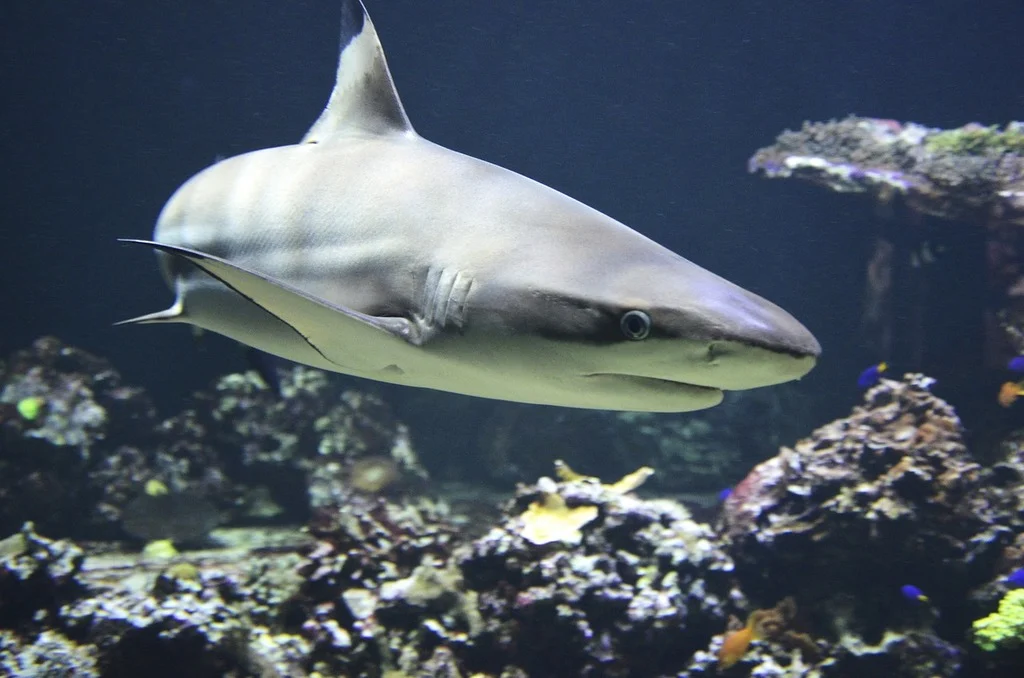
Blacktip sharks, known for their distinctive fin tips and agile swimming, are also adapting to our warming oceans. As water temperatures rise, these sharks are shifting their ranges northward, following cooler currents to maintain their preferred environmental conditions. This migration showcases their ability to navigate and adapt to changing ocean landscapes.
For humans, the blacktip shark’s adaptability offers insights into the importance of mobility and flexibility in the face of climate change. Just as these sharks move to more suitable waters, we too might need to reconsider our movement patterns and lifestyles to align with changing environmental conditions. This adaptation encourages us to think about how we can more effectively respond to the shifts in our natural world. By learning from these marine predators, we can hope to better navigate the challenges posed by a warming planet.
